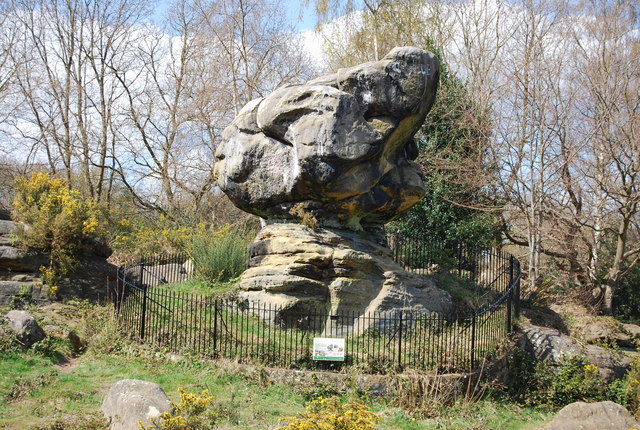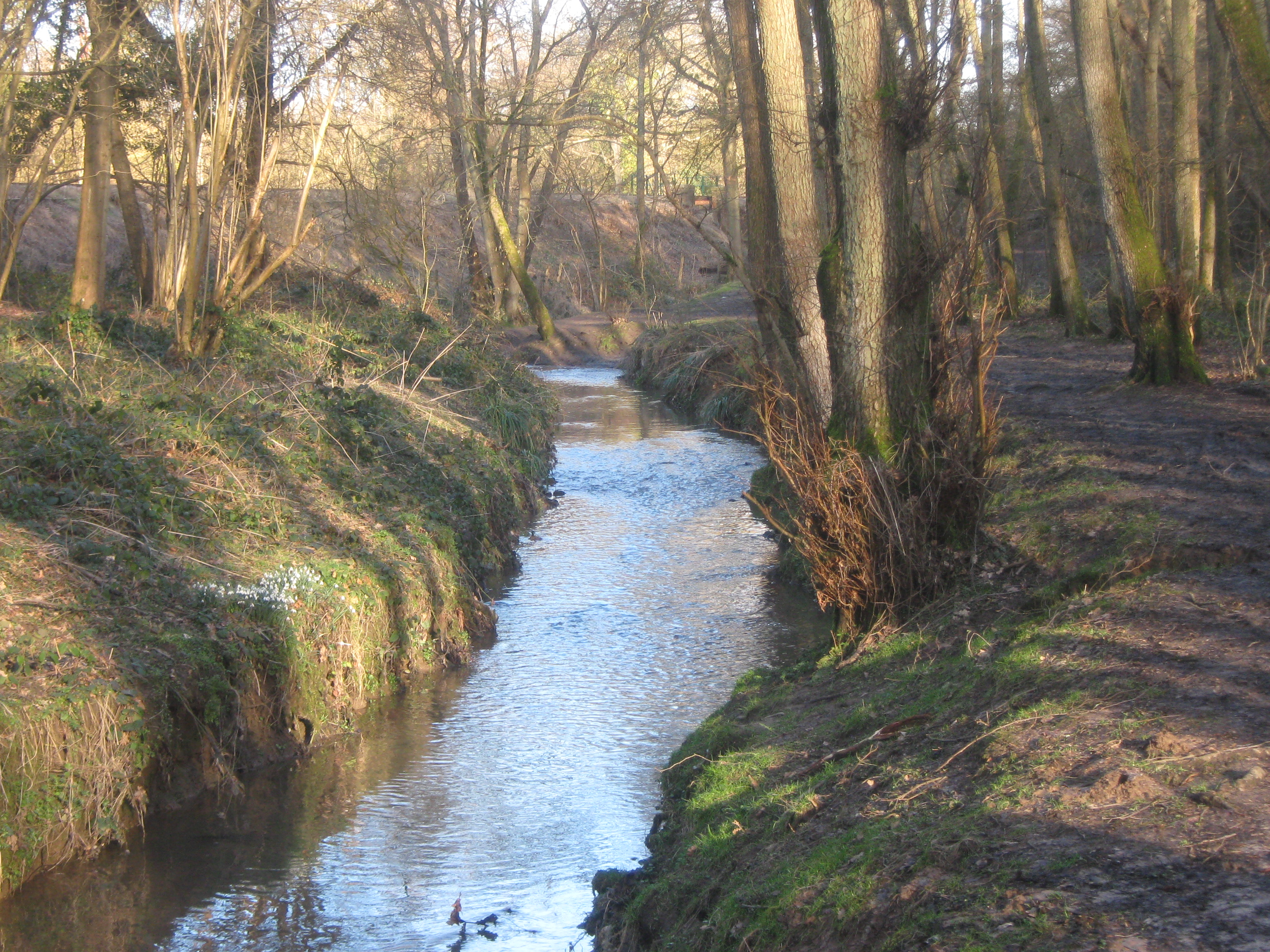Nevill Park
Settlement in Kent Tunbridge Wells
England
Nevill Park

Nevill Park is a picturesque residential area located in the county of Kent, in southeastern England. Situated on the outskirts of the historic town of Tunbridge Wells, Nevill Park is known for its leafy streets, charming houses, and close proximity to the beautiful Nevill Golf Club.
The area is characterized by its peaceful ambiance and well-maintained properties, making it an attractive place to live for families and professionals alike. The houses in Nevill Park range from traditional Victorian and Edwardian architecture to modern, contemporary designs, catering to a diverse range of tastes.
One of the main draws of Nevill Park is its close proximity to the Nevill Golf Club, which offers stunning views over the surrounding countryside. Golf enthusiasts can enjoy a round of golf on the challenging course, while also taking advantage of the club's excellent facilities, including a clubhouse and a pro shop.
The location of Nevill Park also offers convenient access to a range of amenities and services. The neighboring town of Tunbridge Wells provides residents with a wide array of shops, restaurants, cafes, and entertainment options. Additionally, the area benefits from excellent transportation links, with regular train services connecting to London and other major cities in the region.
Overall, Nevill Park in Kent is a highly desirable residential area that combines natural beauty, a peaceful atmosphere, and convenient access to amenities, making it an ideal place to call home.
If you have any feedback on the listing, please let us know in the comments section below.
Nevill Park Images
Images are sourced within 2km of 51.128214/0.23872878 or Grid Reference TQ5638. Thanks to Geograph Open Source API. All images are credited.












Nevill Park is located at Grid Ref: TQ5638 (Lat: 51.128214, Lng: 0.23872878)
Administrative County: Kent
District: Tunbridge Wells
Police Authority: Kent
What 3 Words
///shunts.whimpered.overhead. Near Rusthall, Kent
Nearby Locations
Related Wikis
St Paul's Church, Rusthall
St Paul's Church is a Church of England parish church in Rusthall, Kent, England. It is a Grade II listed building. == History == St Paul's Church was...
Spa Valley Railway
The Spa Valley Railway (SVR) is a standard gauge heritage railway in England that runs from Tunbridge Wells West railway station in Tunbridge Wells to...
Rusthall Common
Rusthall Common is a 2.7-hectare (6.7-acre) geological Site of Special Scientific Interest in Rusthall, a suburb of Tunbridge Wells in Kent. It is a Geological...
Rusthall
Rusthall is a village located approximately 2 miles to the west of the spa town of Tunbridge Wells in Kent. The village grew up around a large property...
Friezland Wood
Friezland Wood is a woodland in Kent, England, near Tunbridge Wells. It covers a total area of 7.69 hectares (19.00 acres). It is owned and managed by...
Linden Park Cricket Club
Linden Park Cricket Club (LPCC) is a cricket club based at Higher Cricket Ground, Fir Tree Road, Royal Tunbridge Wells, Kent, England.The club has a senior...
Higher Common Ground
Higher Common Ground is a cricket ground on Tunbridge Wells Common in the town of Royal Tunbridge Wells in Kent. It was used as a ground by Kent County...
High Rocks railway station
High Rocks railway station is a station on the Spa Valley Railway in High Rocks, East Sussex, England. The original High Rocks Halt opened on 1 June 1907...
Nearby Amenities
Located within 500m of 51.128214,0.23872878Have you been to Nevill Park?
Leave your review of Nevill Park below (or comments, questions and feedback).












